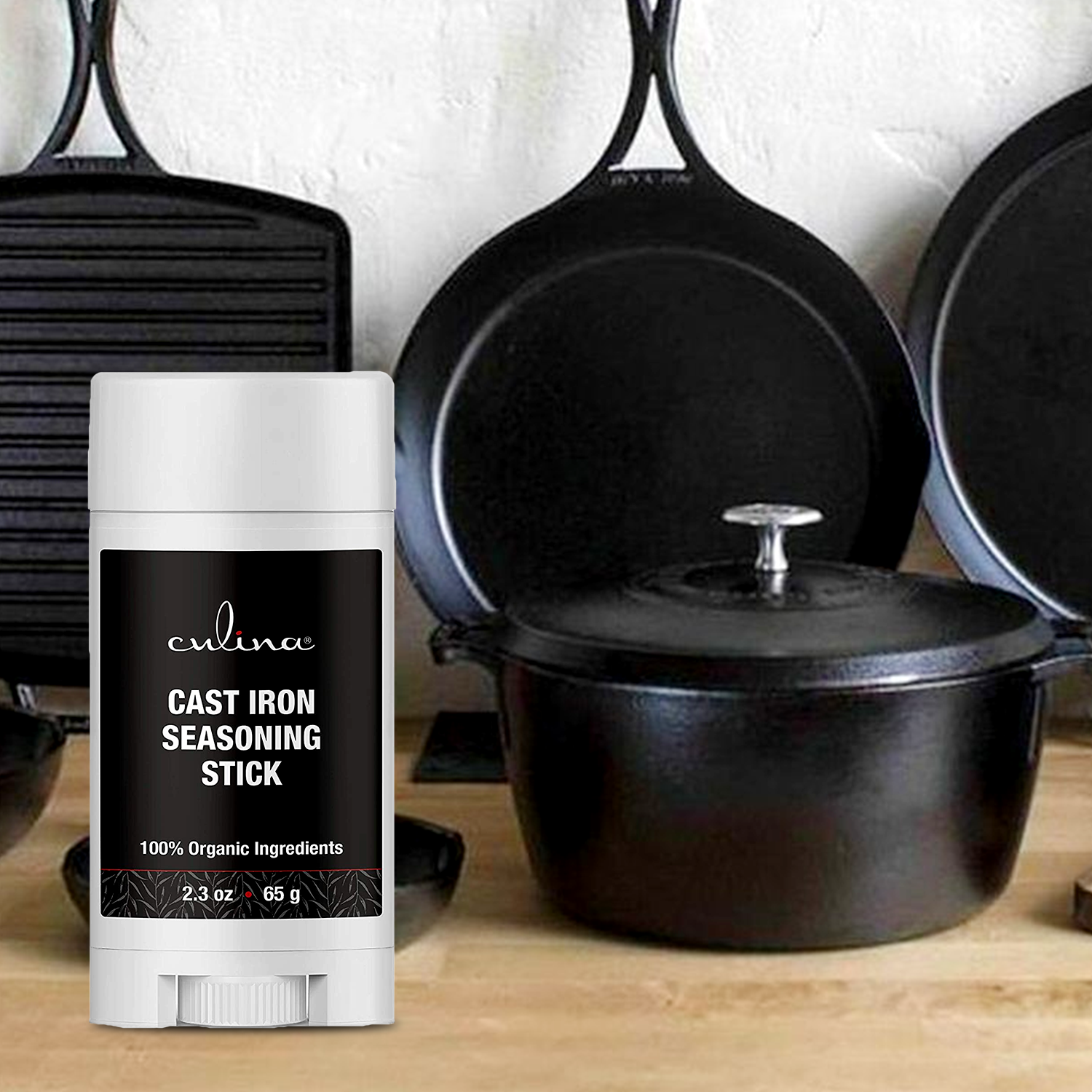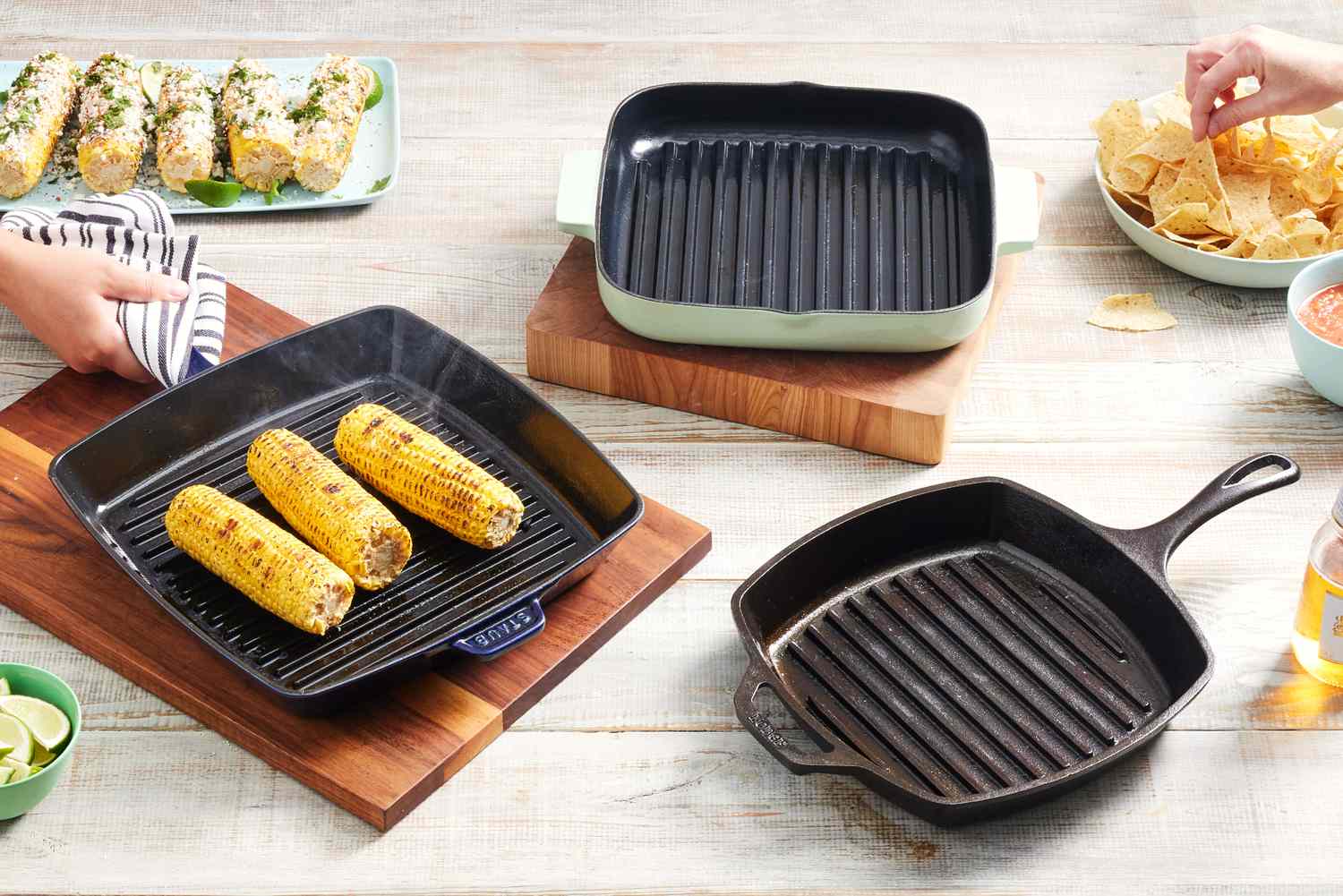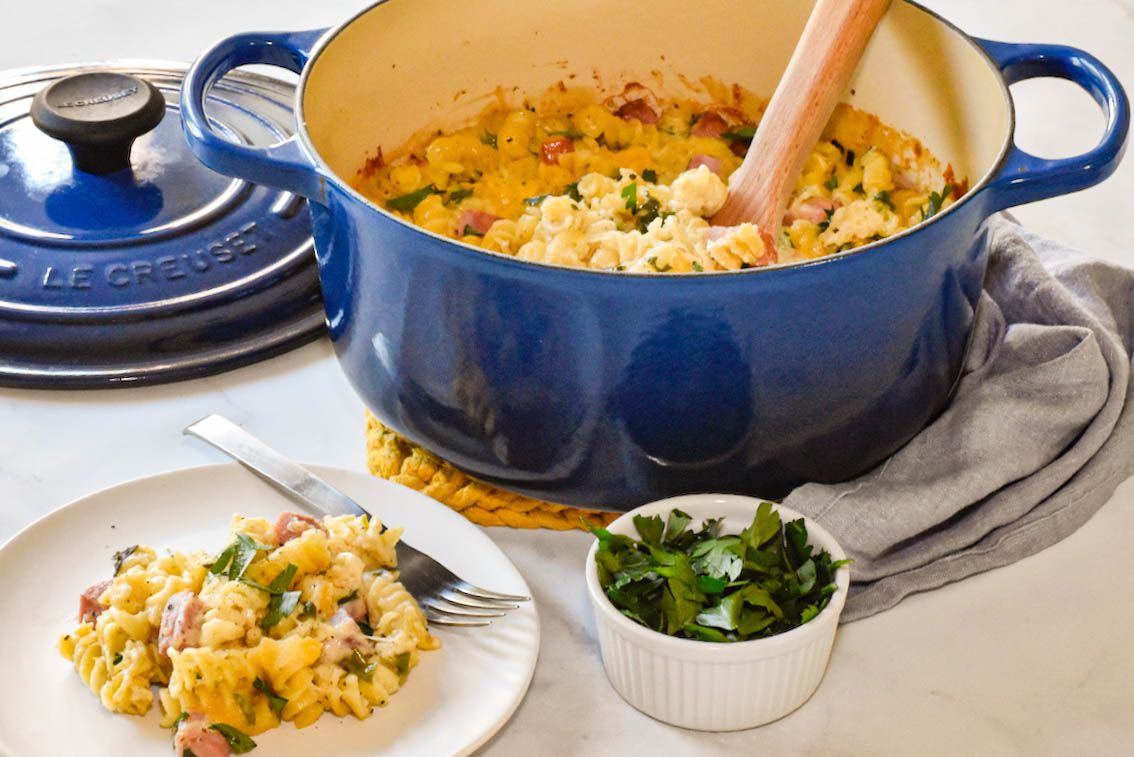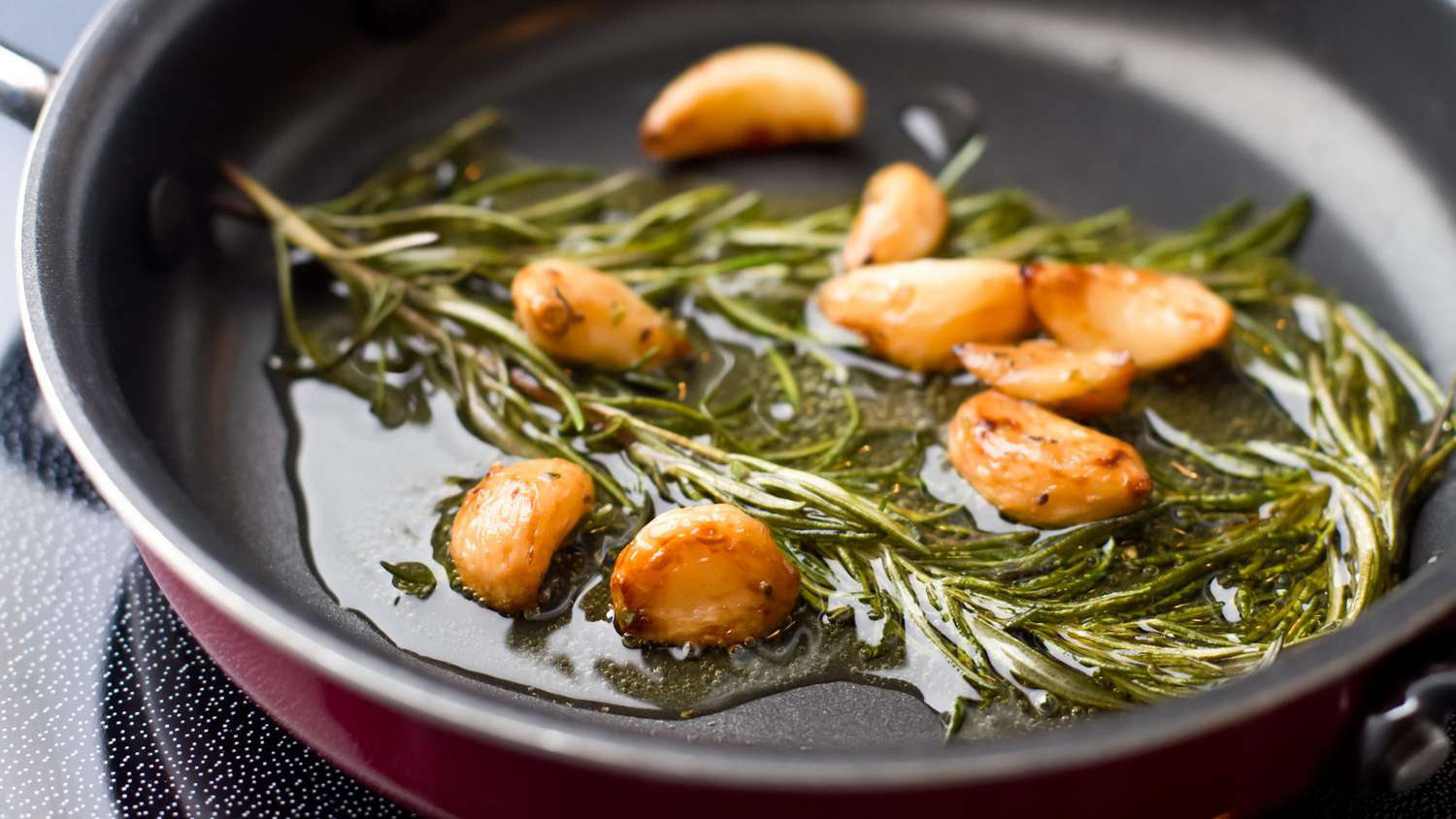Grilling has long been associated with smoke, but what if I told you that its possible to savor that delicious grilled flavor without filling your kitchen with smoke? Yes, you heard right! This article delves into how to use a grill pan without smoke, specifically tailored for kitchen professionals eager to enhance their culinary skills.
A grill pan is an essential tool in any chef's arsenal, offering the ability to create beautifully seared meats and perfectly charred vegetables right on the stovetop. However, utilizing this kitchen gem can often lead to smoke. This article will provide tips and tricks for achieving smokeless grilling, ensuring a clean and enjoyable cooking experience.

Understanding the Basics of Grill Pans
Before diving into the methods that help to reduce smoke, its important to understand the basics of grill pans. A grill pan typically has raised ridges that create grill marks, mimicking the effect of outdoor grilling. When cooking on a grill pan, several factors can lead to excess smoke, including high temperatures, oils with low smoke points, and moisture content in food.
Choosing the Right Grill Pan
To effectively use a grill pan without smoke, selecting the right one is crucial. Here are some features to consider:
- Material Type: Cast iron and non-stick materials are popular choices. Cast iron holds heat well but requires proper seasoning, while non-stick surfaces minimize the likelihood of sticking and smoking.
- Size and Shape: Picking the right size pan for your needs will prevent overcrowding, which can lead to increased moisture and smoke.
- Weight: Heavier pans tend to retain heat better, assisting in even cooking without the need for extremely high temperatures.

Preparation is Key
Some steps during preparation can significantly reduce smoke. Heres what to keep in mind:
- Marinating: Marinate your meat properly. Marinades that contain acid, such as vinegar or lemon juice, can help break down proteins, leading to juicy and flavorful outcomes without the need for high heat.
- Poultry and Fish Considerations: Poultry often produces more moisture; letting it sit at room temperature for about 30 minutes before placing it on the grill can help this issue.
- Use Low-Moisture Ingredients: When adding vegetables, consider options that are lower in moisture. For example, zucchini and bell peppers work well and can be grilled without excessive steaming.
Optimizing Cooking Technique
One of the most critical aspects of smokeless cooking is managing the heat correctly. Here are several techniques:
- Preheating: Always preheat your grill pan at medium heat for 5-10 minutes. A well-heated pan ensures better searing and reduces the need for excessive oil, thus minimizing smoke.
- Using Enough Oil: Choose oils such as avocado or grapeseed, which have high smoke points. A thin layer is all you need to coat the surface and prevent sticking.
- Dont Overcrowd: As a general rule, avoid crowding your grill pan, as this can lead to steaming rather than grilling. Give each piece ample space to cook evenly.
Cleaning and Maintaining Your Grill Pan
How you maintain and clean your grill pan can also influence how it performs during cooking. Here are some tips:
- Cleaning: After use, clean your pan with mild soap and a non-abrasive sponge to maintain its surface. Excess residue can smoke when preheated for your next cooking session.
- Seasoning: For cast iron pans, regular seasoning is essential to keep the non-stick surface working effectively and to prevent smoke buildup.
- Storing: Store your grill pan in a dry place, and consider placing a paper towel inside to absorb any moisture and maintain the seasoning layer.
Frequently Asked Questions
1. Can you use a grill pan on an induction cooktop?
Yes, as long as your grill pan is compatible with induction systems. Look for a flat, magnetic base.
2. What type of oil is best for grilling without smoke?
Oils with high smoke points, such as avocado, peanut, and grapeseed oil, are ideal.
3. How do I know when my grill pan is ready to use?
A water droplet should sizzle and evaporate almost immediately when the pan is appropriately heated.
For those interested, learn more about the benefits of grill pans and their versatile usage. Additionally, you can visit how to clean and maintain your grill pan for longevity. Remember to always stay updated with trends and techniques!
As an Amazon Associate, I earn from qualifying purchases.






Leave a comment
This site is protected by hCaptcha and the hCaptcha Privacy Policy and Terms of Service apply.